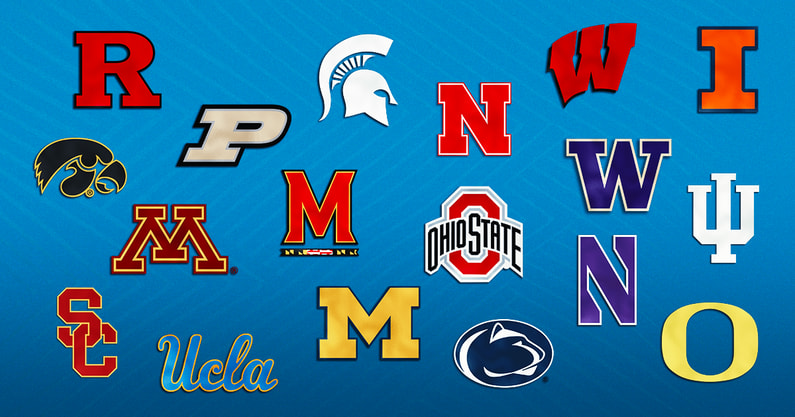Much like the rest of 2020-2021, the admissions cycle was certainly unprecedented. As students continued to apply to colleges in record numbers, the COVID-19 pandemic created a seismic shift in both how students applied and how colleges responded to the great uncertainty inherent in this process. Most notably, colleges and universities across the country adopted test optional policies, instituted longer-than-ever waitlists, and had to account for a growing number of students opting for gap years instead of remote learning.
Now that the dust has settled, there are several hard facts that we know. The number of applicants did rise appreciably, particularly at top-tier schools. Harvard, for example, received 42% more applications this year than last year, while Syracuse University saw its applicant pool increase by 24%. Conversely, what has not been at the forefront of conversation is that the number of applications at many other schools plummeted. For example, the State University of New York (SUNY) system received 20% fewer applications this year.
So, what caused this shift?
It is likely that top-tier institutions became more competitive because the barrier of test scores has been removed. Students with strong academic profiles who are not strong test-takers applied in droves, and others hedged their bets by applying to more schools, particularly the most competitive schools, because of the confusion surrounding this year’s unique application process. At the other end of the spectrum, schools like those in the SUNY system are probably the victims of the financial, health, and educational challenges that have taken a hefty toll on students, particularly those who have the most need.
While most colleges also adopted a test-optional policy to account for discrepancies in testing access caused by the pandemic, this change in policy is somewhat misleading. At the country’s most prestigious institutions, students still overwhelmingly applied with test scores. The University of Pennsylvania, for example, reported that only 26% of its regular decision applicants chose not to submit test scores. Overall, it appeared that testing was still essential for student populations that are well represented, while students from disadvantaged backgrounds benefitted the most from the change in policy. As a result, it is not surprising that many schools have not yet released their testing policies for the 2021-2022 admissions cycle.
Finally, we know that yield is still of utmost importance to admissions officers around the country. To preserve national rankings and some financial incentives, colleges strive to matriculate as many students as possible from its list of acceptances. In order to increase, or even maintain, their prestige, colleges deferred and waitlisted more students than ever this year – a trend we expect to continue into next year.
While developments over the past year have been challenging, they lay out a blueprint that tells us to expect more of the same for the class of 2022.
The following are some best practices that will help students navigate the process this year:
- Continue to enroll in the most challenging classes as grades and academic rigor will still be of utmost importance – this is true even for seniors.
- Show demonstrated interest, as colleges will pay attention to this – engage in virtual tours and information sessions, follow your favorite school’s social media, visit if possible, and use supplemental applications to really connect with admissions.
- Take the ACT or SAT if you can score well – which requires committing time to study, take multiple practice tests, and refine techniques to boost scores.
- Build your resume. We recognize the challenge of finding traditional opportunities to stand out, particularly in fields like medicine and business which are more difficult now to gain experience in, so engage in self-directed projects, and use networks and family to find new opportunity to express interests.
As the school year comes to a close, we anticipate that the class of 2022 will face many of the aforementioned challenges. Fortunately, these are challenges we have now seen before and our team of experts is here to help you meet them every step of the way.



